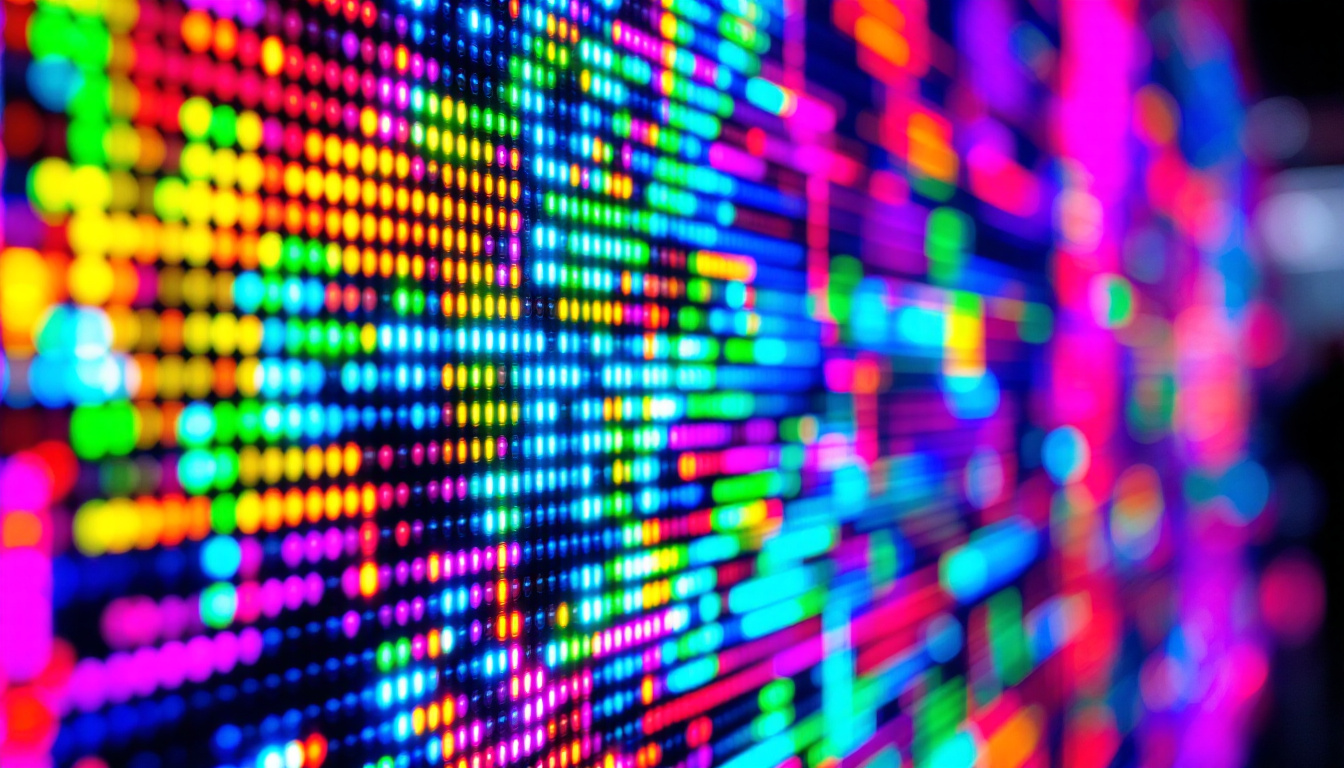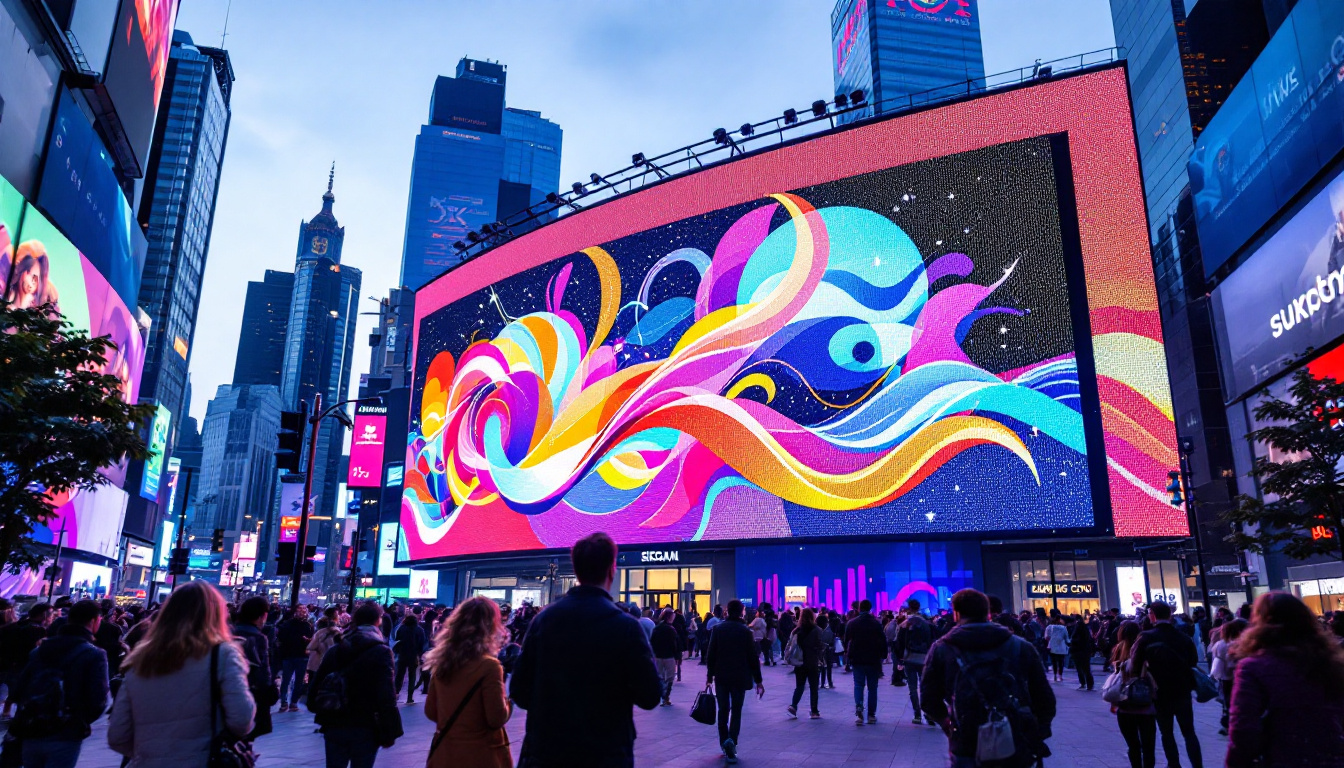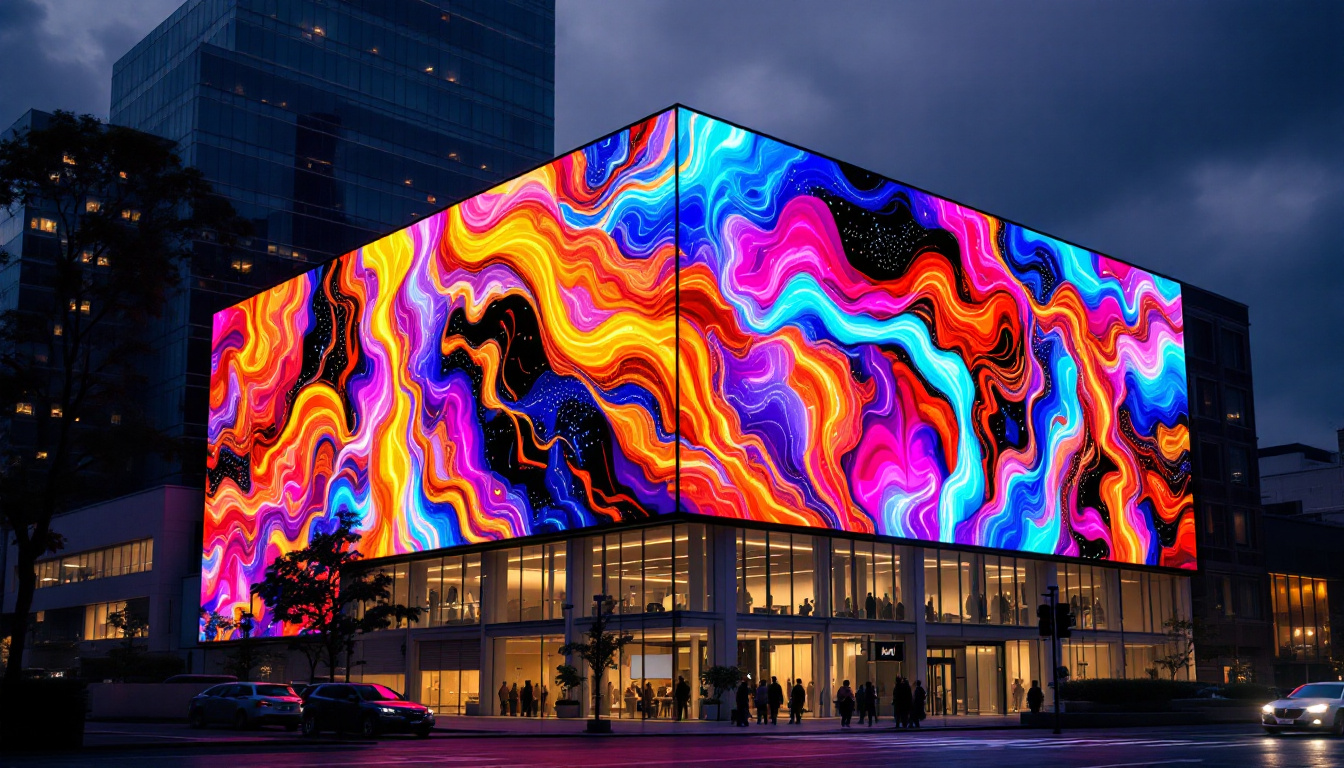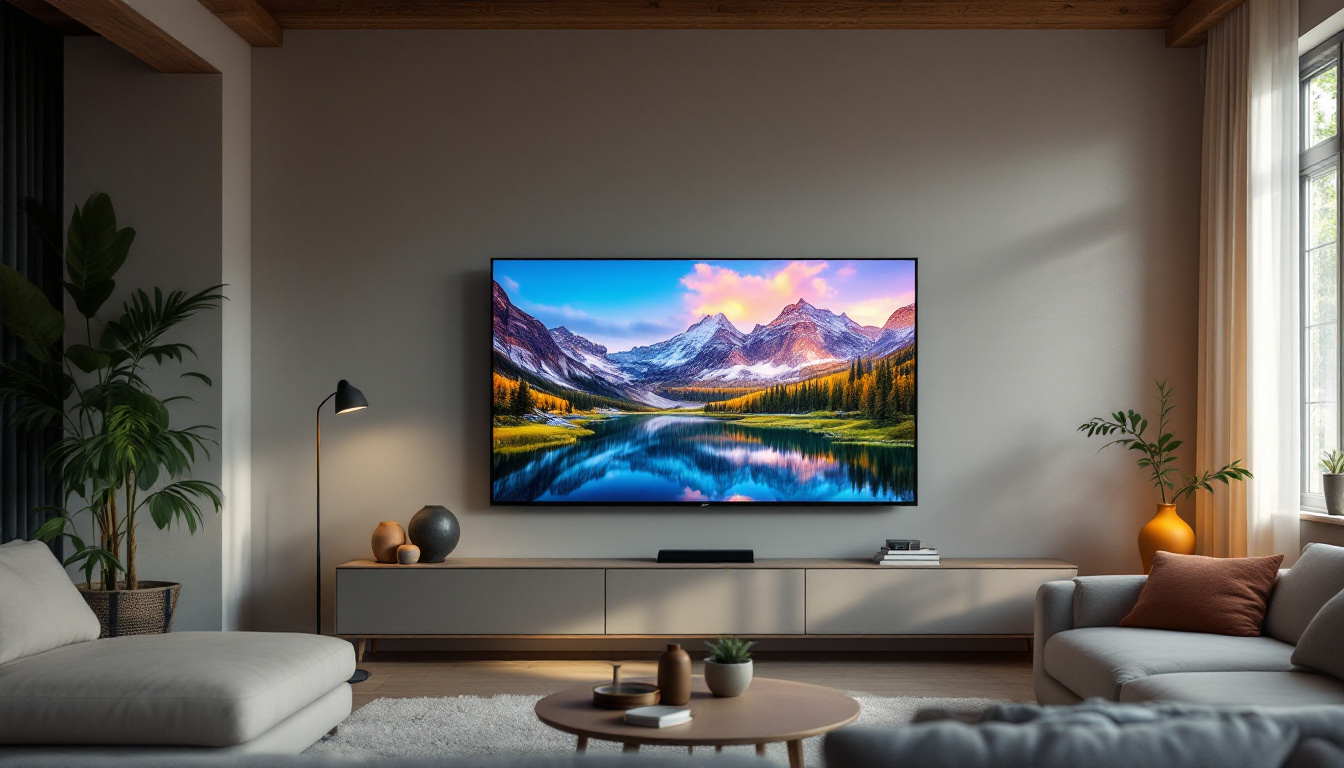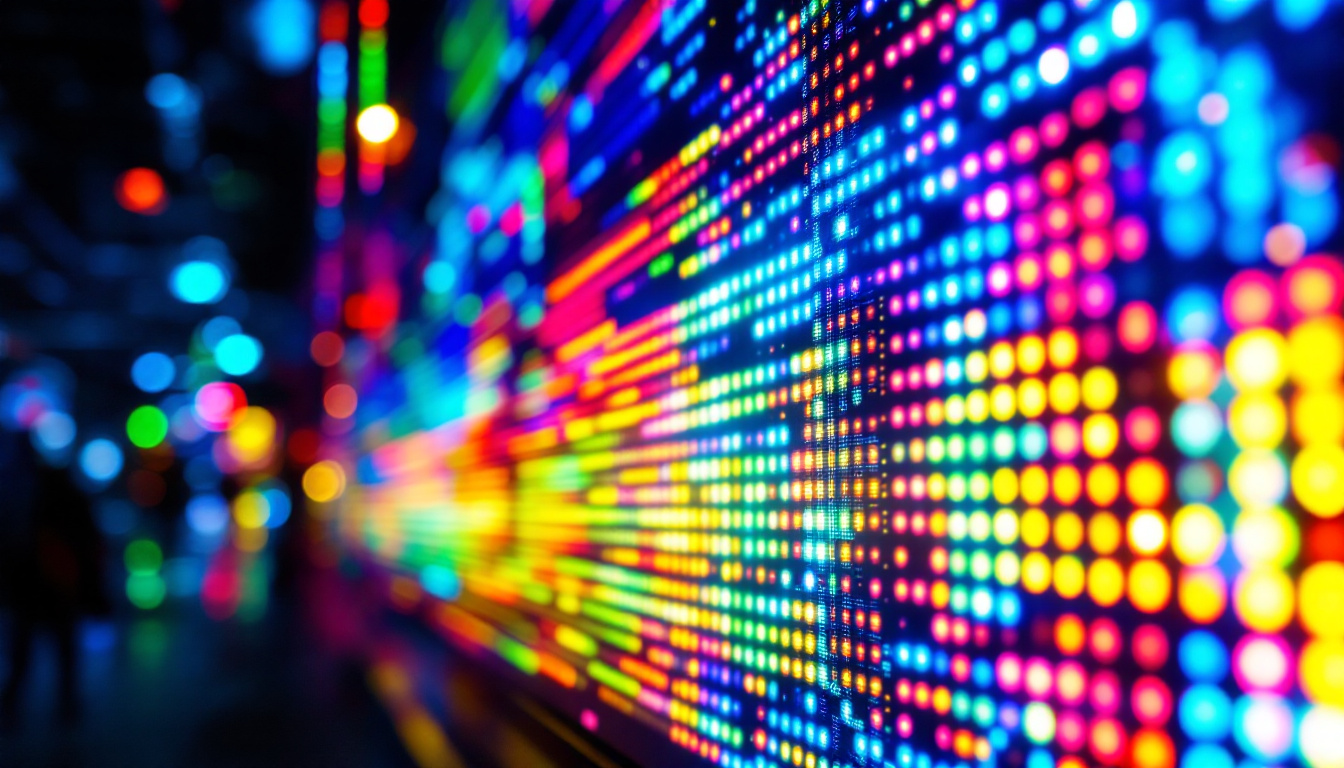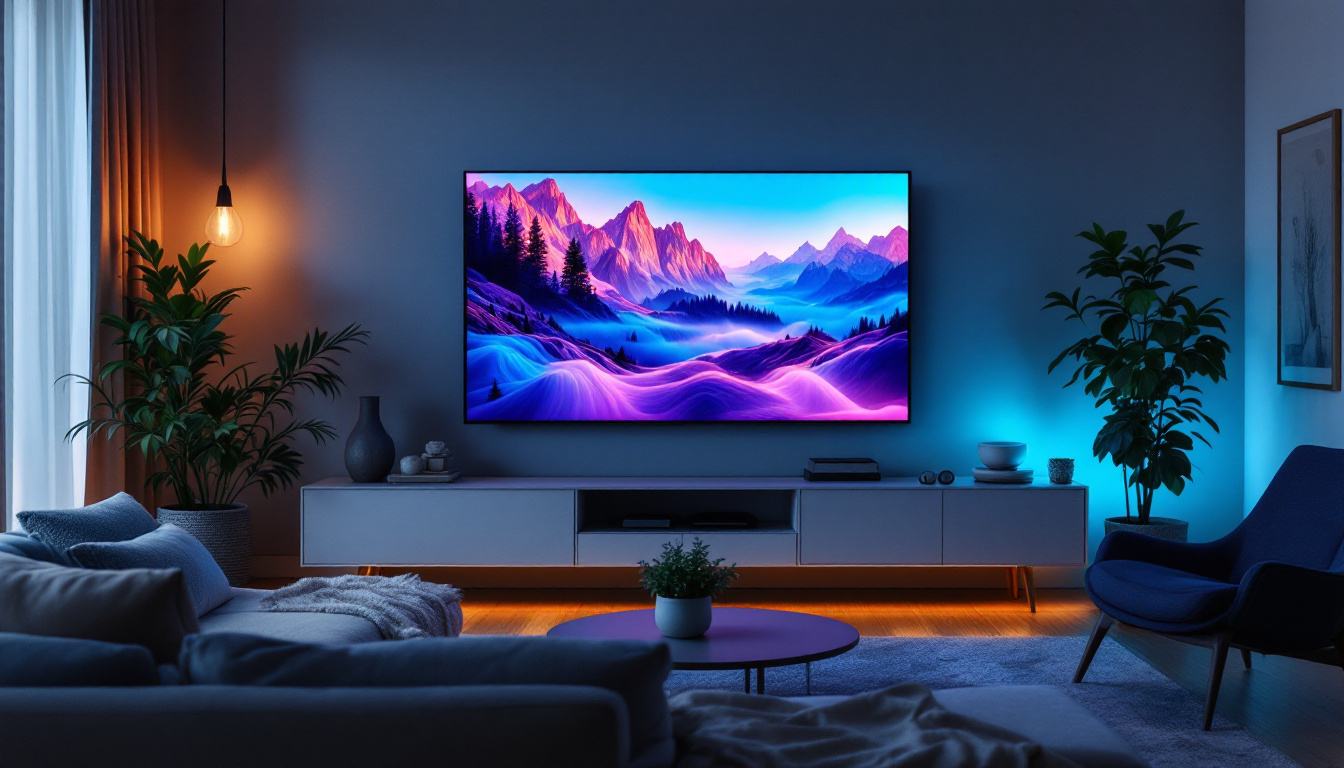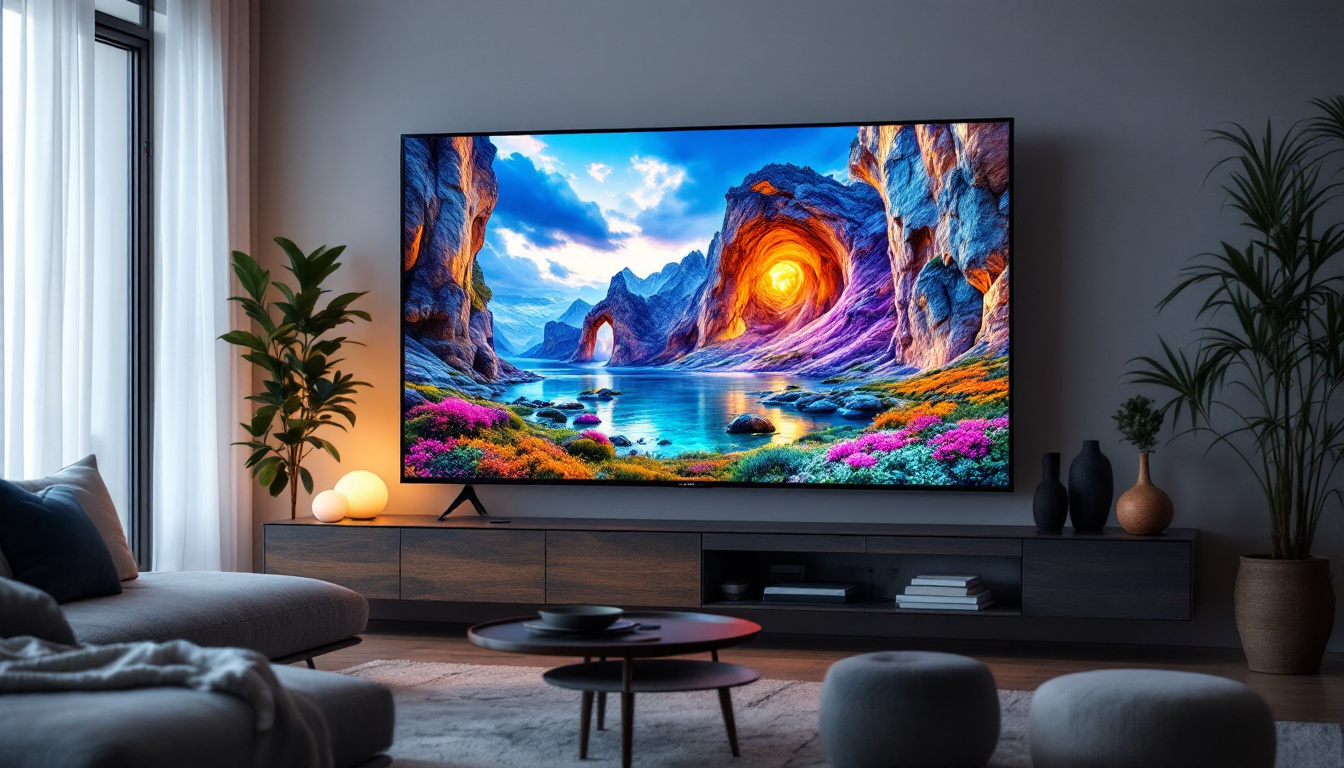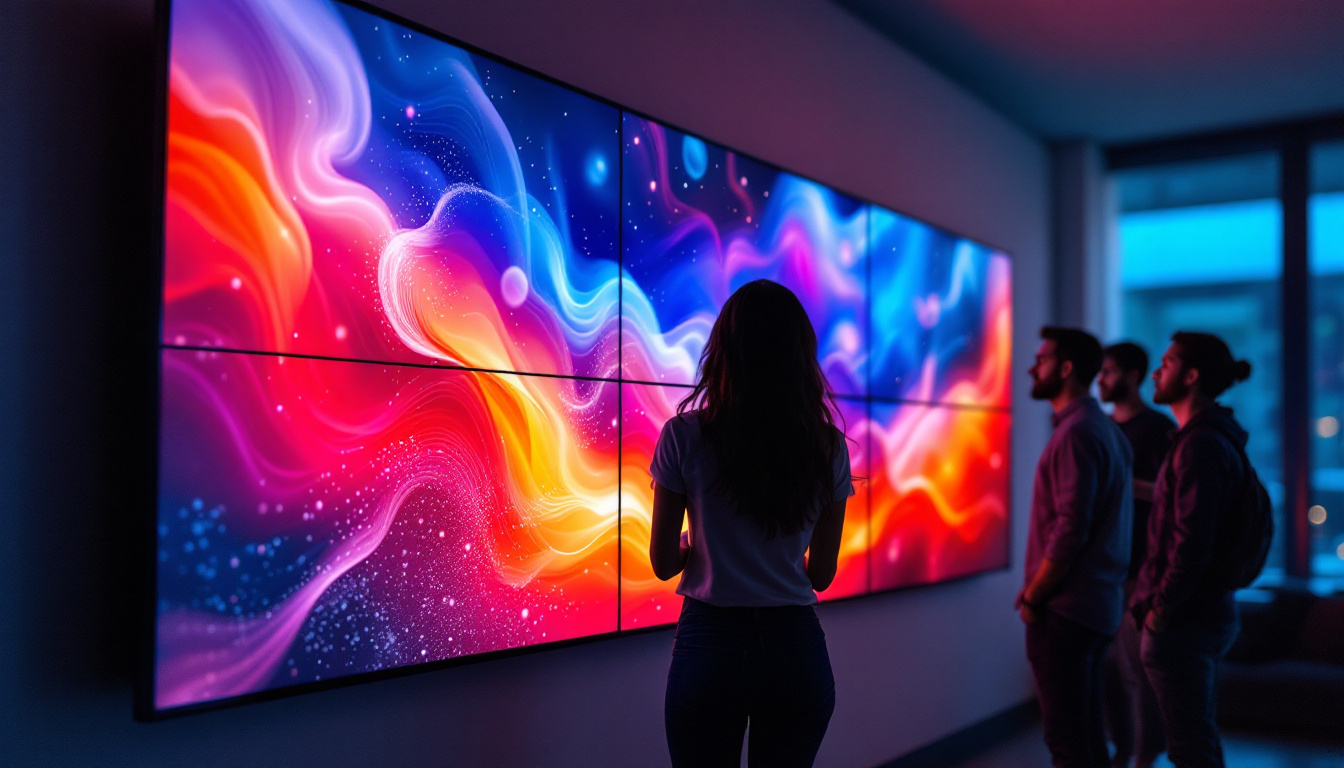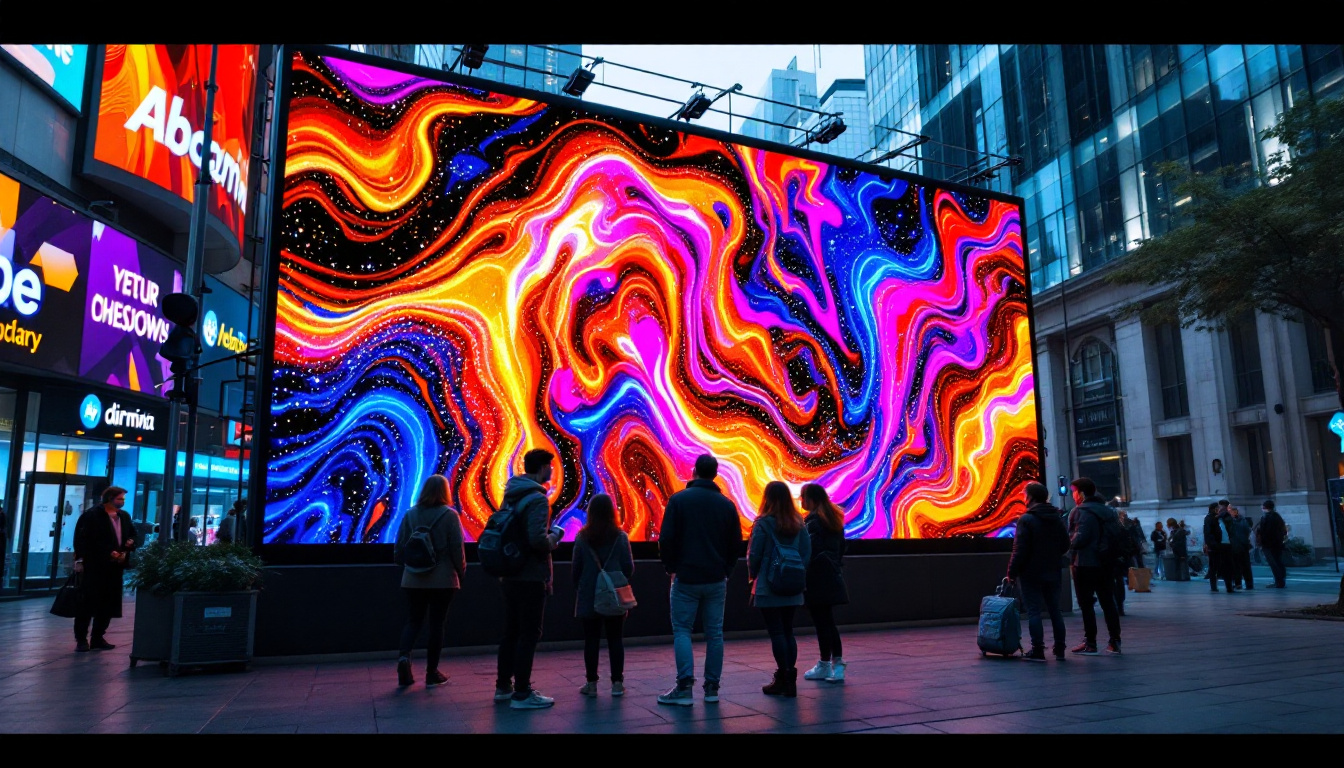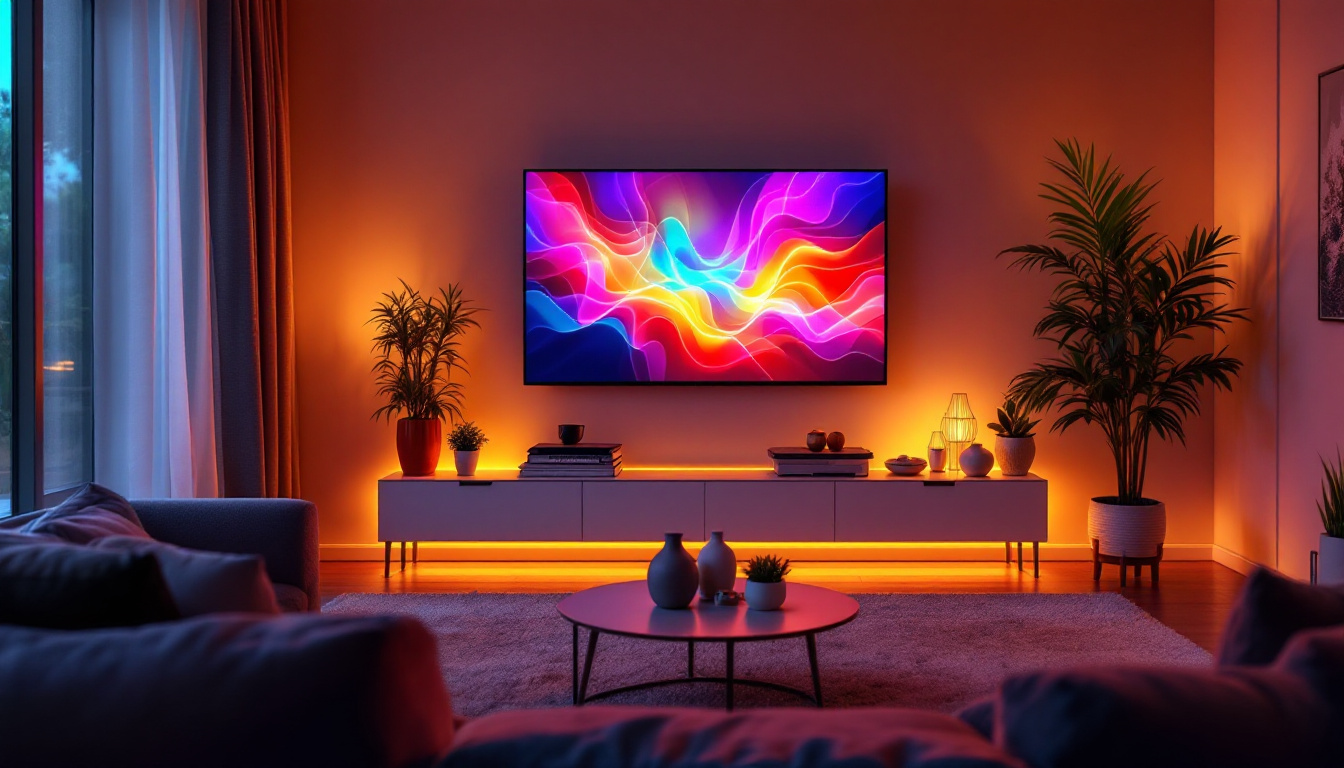Pixels For TV: LED Display Explained
In the realm of modern television technology, LED displays have become a dominant force, offering stunning visuals and vibrant colors. Understanding how these displays work, particularly the role of pixels, is essential for anyone looking to make an informed decision about their next television purchase. This article delves into the intricacies of LED displays, exploring their construction, functionality, and the benefits they offer to viewers.
Understanding LED Technology
LED, or Light Emitting Diode, technology has revolutionized the way images are displayed on screens. Unlike traditional cathode ray tube (CRT) televisions, LED displays utilize a different approach to produce light and color. This section will break down the fundamentals of LED technology and how it applies to television displays.
What is an LED Display?
An LED display is a flat panel display that uses LEDs as its light source. These displays can be found in various applications, from large outdoor billboards to personal televisions. The primary advantage of LED technology lies in its ability to produce brighter images while consuming less power compared to older technologies.
LED displays can be categorized into two main types: direct-lit and edge-lit. Direct-lit LED displays have LEDs placed behind the screen, providing uniform brightness across the entire panel. In contrast, edge-lit displays have LEDs positioned along the edges of the screen, which can lead to variations in brightness and contrast. The choice between these types often depends on the intended use; for instance, direct-lit displays are preferred in environments where consistent brightness is crucial, such as in professional settings or high-end home theaters.
How Do Pixels Work in LED Displays?
At the core of any display technology are pixels, the tiny dots that combine to form images. In LED displays, each pixel is typically made up of three sub-pixels: red, green, and blue (RGB). By varying the intensity of these sub-pixels, a wide spectrum of colors can be produced. This RGB model is fundamental to color reproduction, allowing for the creation of millions of distinct hues that enhance the viewing experience.
The resolution of an LED display is determined by the number of pixels it contains. Higher resolutions, such as 4K and 8K, feature millions of pixels, allowing for incredibly detailed images. The arrangement and quality of these pixels play a crucial role in the overall viewing experience. For instance, advancements in pixel density have led to the development of ultra-thin displays that can be viewed from various angles without loss of image quality. Furthermore, technologies such as HDR (High Dynamic Range) enhance the contrast and color accuracy of LED displays, making them ideal for watching movies or playing video games, where visual fidelity is paramount. As a result, consumers are increasingly drawn to these high-performance displays for both entertainment and professional use.
The Benefits of LED Displays
LED displays offer numerous advantages that have contributed to their widespread adoption in homes and commercial settings. From energy efficiency to superior image quality, these benefits make LED technology a compelling choice for consumers.
Energy Efficiency
One of the standout features of LED displays is their energy efficiency. Compared to traditional LCD and CRT displays, LED televisions consume significantly less power. This is not only beneficial for the environment but also translates to lower electricity bills for consumers.
LED technology has advanced to the point where many models are now Energy Star certified, indicating that they meet strict energy efficiency guidelines. This certification provides peace of mind for consumers looking to reduce their carbon footprint while enjoying high-quality entertainment. Additionally, the longevity of LED displays contributes to their overall sustainability; many LED screens can last up to 100,000 hours, meaning fewer replacements and less electronic waste in landfills. This durability not only benefits the environment but also ensures that consumers get more value from their investment over time.
Superior Image Quality
LED displays are known for their exceptional image quality. The ability to produce deep blacks and vibrant colors enhances the viewing experience, making movies, sports, and video games more immersive. The contrast ratio, which measures the difference between the darkest and brightest parts of an image, is typically higher in LED displays than in older technologies.
Furthermore, advancements in LED technology, such as local dimming and HDR (High Dynamic Range), have further improved image quality. Local dimming allows specific areas of the screen to be dimmed or brightened independently, enhancing contrast and detail in dark scenes. HDR, on the other hand, expands the range of colors and brightness levels, providing a more lifelike viewing experience. This capability is particularly beneficial for content creators and gamers, as it allows for a more accurate representation of the intended visual effects. With the growing availability of HDR content across streaming platforms and gaming consoles, consumers can fully appreciate the depth and richness that LED displays bring to their viewing experience. Additionally, many LED displays now incorporate advanced color calibration technologies, ensuring that colors are reproduced as accurately as possible, further elevating the overall quality of the display and making it a preferred choice for professionals in photography and graphic design as well.
Types of LED Displays
While all LED displays utilize the same basic technology, there are several types that cater to different needs and preferences. Understanding these types can help consumers choose the right display for their specific requirements.
Standard LED
Standard LED displays are the most common type found in homes today. They use a backlighting system to illuminate the screen and are available in various sizes and resolutions. These displays are suitable for everyday viewing, including watching movies, playing video games, and browsing the internet.
OLED vs. QLED
Two popular alternatives to standard LED displays are OLED (Organic Light Emitting Diode) and QLED (Quantum Dot LED) technologies. OLED displays offer superior contrast ratios and color accuracy, as each pixel emits its own light. This allows for true blacks and a wider viewing angle. However, OLED displays can be more expensive and may suffer from burn-in issues over time.
QLED displays, developed by certain manufacturers, utilize quantum dot technology to enhance color and brightness. While they do not achieve the same level of black as OLED, QLED displays tend to be brighter and are less prone to burn-in. This makes them an excellent choice for bright rooms and varied content.
Choosing the Right LED Display
With a myriad of options available, selecting the right LED display can be a daunting task. Several factors should be considered to ensure that the chosen television meets the viewer’s needs and preferences.
Screen Size and Viewing Distance
One of the first considerations when purchasing an LED display is the screen size. The ideal size largely depends on the viewing distance. A general rule of thumb is to sit at a distance of 1.5 to 2.5 times the diagonal size of the screen for optimal viewing. For example, if a viewer sits 8 feet away, a 55 to 75-inch screen would be suitable.
Additionally, the layout of the room and the number of viewers can influence the choice of screen size. For larger gatherings or open spaces, a bigger screen may be necessary to ensure everyone has a clear view.
Resolution and Picture Quality
Resolution is another critical factor in choosing an LED display. Higher resolutions, such as 4K and 8K, provide more detail and clarity, particularly on larger screens. For most consumers, a 4K resolution is sufficient, as it offers a significant improvement over 1080p without the higher costs associated with 8K displays.
Picture quality should also be assessed through reviews and demonstrations. Factors such as color accuracy, contrast ratio, and brightness levels can vary significantly between models, making it essential to compare different options before making a decision.
Future Trends in LED Display Technology
The world of LED display technology is constantly evolving, with new advancements on the horizon. As manufacturers continue to innovate, several trends are emerging that will shape the future of television displays.
MicroLED Technology
MicroLED technology is one of the most exciting developments in the display industry. This technology utilizes microscopic LEDs to create individual pixels, allowing for even greater control over brightness and color. MicroLED displays promise to deliver the best of both OLED and traditional LED technologies, with high brightness levels and perfect blacks without the risk of burn-in.
Although still in its infancy, MicroLED technology is expected to become more accessible and affordable in the coming years, potentially revolutionizing the market.
Integration with Smart Technology
As televisions become smarter, the integration of LED displays with advanced smart technology is becoming increasingly common. Features such as voice control, streaming capabilities, and compatibility with smart home devices are now standard in many LED televisions. This trend is expected to continue, with manufacturers focusing on enhancing user experience through seamless connectivity and intuitive interfaces.
Conclusion
LED displays have transformed the way people experience television, offering vibrant colors, energy efficiency, and superior image quality. understanding the technology behind these displays, including the role of pixels, is essential for making informed purchasing decisions. As advancements continue to shape the future of LED technology, consumers can look forward to even more exciting developments in the world of television displays.
Whether considering a standard LED, OLED, or QLED display, the key is to assess individual needs, preferences, and viewing habits. By doing so, viewers can ensure that they choose a television that not only meets their expectations but also enhances their overall viewing experience.
Discover the Future of Visual Experience with LumenMatrix
Ready to elevate your visual experience with the latest in LED display technology? LumenMatrix is at the forefront of innovation, offering a wide array of LED display solutions tailored to your unique needs. From the immersive Indoor LED Wall Display to the dynamic Outdoor LED Wall Display, and from the mobile flexibility of Vehicle LED Displays to the sleek design of LED Poster Displays, our products are designed to captivate and engage. Embrace the future of visual communication with our LED Sports Displays, Floor LED Displays, Custom LED Displays, All-in-One LED Displays, and LED Transparent Displays. Don’t miss the opportunity to transform your space and captivate your audience. Check out LumenMatrix LED Display Solutions today and see your vision come to life in vivid color and detail.

